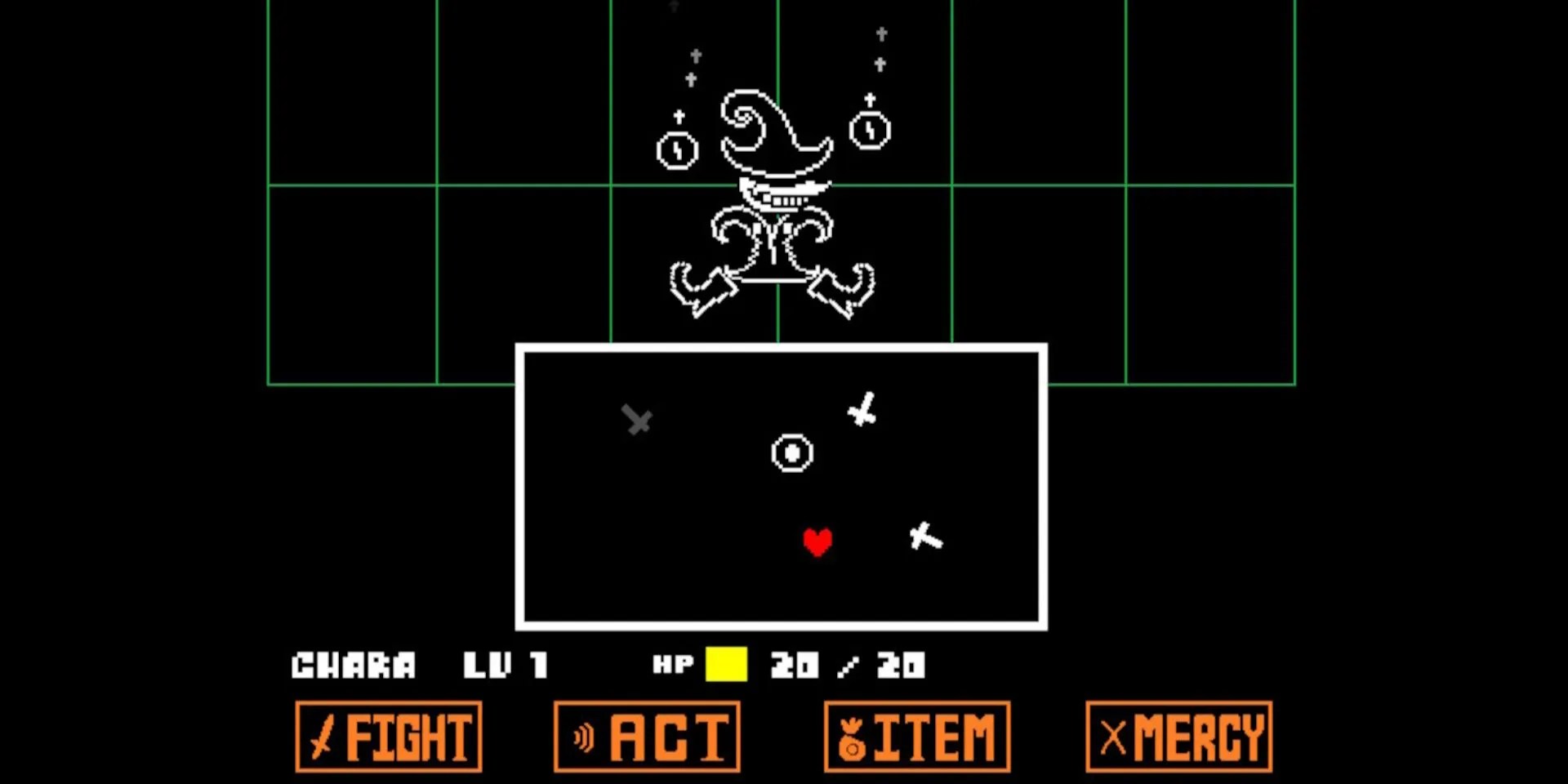Role-playing games are fun for many reasons, from their satisfying sense of character progression, to their often deep and captivating narratives, there are plenty of reasons to love the RPG genre. However, RPGs — especially strategy RPGs and ARPGs — can also be extremely combat heavy. As a result, many tropes have formed over the years to form a standardized structure for RPG combat of all kinds.
Some games adhere to the tropes set byinfluential pioneers of the genre, providing modernized, well-crafted systems that offer satisfying combat that rewards strategy and/or skill. The RPG mechanics themselves also tend to play a part, with the player’s meta decisions often feeding into their success in combat. These are just a few examples of modern indie RPGs that feature engaging combat systems of all shapes and sizes.

CrossCodefeatures a wonderfully retro visual style and a combat system that contradicts it, with fast-paced, skill-based action that’s full of interesting decisions.CrossCodefeaturesa satisfying parry systemthat adds a level of complexity to each encounter, allowing the player to attack with both ranged and melee attacks.
Furthermore,CrossCodealso allows players to avoid attacks with a well-timed dodge. The variety of options in combat, mixed with the massive cast of enemy types and gripping boss fights, makes for a satisfying combat system that rewards players that pay attention to the game’s moving parts.

Undertale’s unique selling point is, in fact, its combat system. More specifically, the ability to play through the gamewithout physically killing enemies. However, it’s usually more time-consuming to beat these combat encounters passively, resulting in an experience that makes sparing the lives of characters a challenging one.
Every time an enemy attacks inUndertale, players are forced to contend with a unique Bullet Hell mini-game. Here, the player controls their miniature heart, avoiding the bullet patterns and projectiles that represent each enemy character. When combined with a handful of unique twists that add variety and personality to each encounter,Undertale’scombat system, while minimal, is a frequently rewarding one.

Thisparty-based RPGtasks players with managing a rag-tag roster of customizable heroes, crawling through dark dungeons packed with Lovecraft-inspired monsters.Darkest Dungeonhas a distinct, stark art-style and engaging management mechanics, but combat is what players will spend most of their time doing, and it’s the game’s most engaging activity. Combat inDarkest Dungeonis turn-based and tactical, with players managing a party of four members at once.
Each party member not only has physical health, but mental stress as well, providing two constantly decreasing states for the player to worry about. Furthermore, players must also be concerned with the positioning of their party, despite the 2D perspective. This is due to the fact that the abilities of each class are dependent on their position in the party. Coupled with the fact that certain abilities in the game, even those of the enemy, can change the position of units in battle,Darkest Dungeon’scombat is a consistently strategic experience that frequently forces the player to think on their feet.

Battle Brothersis a turn-based RPG with deep, tactical combat that has players managing an entirecompany of mercenariesin a low-fantasy world. What makes the combat ofBattle Brothersso engaging is its systems for morale and wounds, as well as its RPG mechanics, such as perks/abilities, stats, and equipment.
There are a variety of ways to build each individual character inBattle Brothers, allowing players to develop their own unique strategies. The game’s turn-based system uses initiative and action points, with a focus on flanking, surrounding, and threat assessment. The game’s hexagonal battlefields also simulate terrain such as high ground and swamp, adding more variance to each battle.

Although its quirky steam-powered characters andsteampunk worldmake it a unique game on the surface, the combat ofSteamWorld Heistis where the game truly shines. Despite being a turn-based RPG, combat inSteamWorld Heistallows players to manually aim and line up killer shots, allowing for some dynamic and exciting shootouts.
Because bullets can bounce off of walls,SteamWorld Heistallows players to trick-shot their enemies, offering a satisfying experience that grants players the opportunity to express their skill. Combined with the pulp science-fiction atmosphere and the unique visuals oftheSteamWorldfranchise,SteamWorld Heistmakes for a consistently engaging, combat-focused RPG.

This turn-based RPG featuresdetailed pixel artand a heartfelt story, butSea Of Stars’combat system is arguably what keeps it an engaging game throughout its relatively lengthy narrative.Sea Of Starsfeatures turn-based combat with a variety of twists, most notably of which are its combo attacks andtimed hits in the style ofPaper Mario.
The timed-hit system alone allows the combat inSea Of Starsto be fast-paced and engaging, and the player’s prowess with this system will determine how frequently they are able to boost their damage output and reduce incoming damage. Each enemy displays how many actions must pass before they can activate their abilities, and the game allows players to prevent them from acting by hitting them with a variety of damage types.